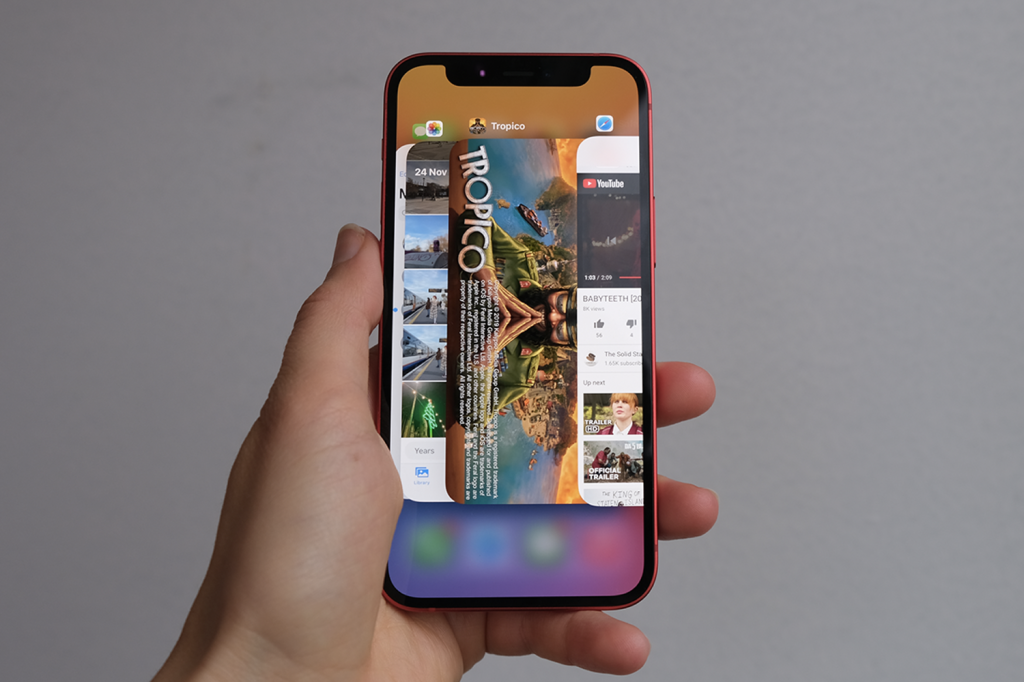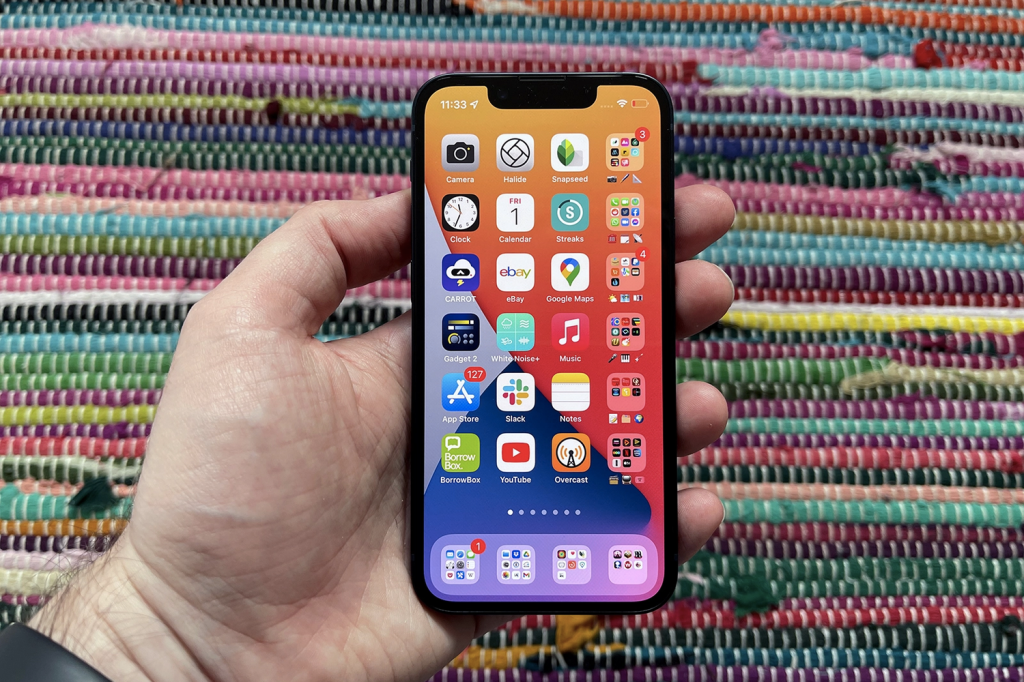Why didn’t Apple make an iPhone 14 mini?
Apple ditched its pocket-friendly smartphone option due to lack of sales

All the focus may be on the new iPhone 15 series right now, but that doesn’t mean we can’t take a look back at the previous generation of phones. Apple introduced a number of changes to last year’s iPhone 14 series of smartphones.
The brand finally ditched the notch and introduced the Dynamic Island, we got a non-pro large handset and saw some impressive camera updates. But one of the most noticeable changes was an exclusion from Apple’s line-up of smartphones – there was no iPhone 14 mini.
Rather than follow up the iPhone 13 mini, Apple decided to ditch its pocket-friendly smartphone option instead. Confused about why the brand did so? Here’s why Apple never made an iPhone 14 mini.
What even is the iPhone mini?

It’s no secret that smartphones have been growing in size, pretty much since the first iPhone back in 2007. But not everybody wants a larger screen on their handset. Larger phones aren’t as easy to use with one hand, and don’t always fit into pockets. Enter the compact smartphone, an additional model that shrinks down on size. And Apple jumped on the bandwagon back in 2020 with the iPhone 12 mini.
Alongside the rest of the iPhone 12 line-up, we saw a new 5.4-inch smartphone option. It still packed the latest features such as 5G, new cameras, and additional colours – just wrapped up in a smaller package. The following year, Apple released the iPhone 13 mini alongside the rest of the series. You guessed it; it was another smaller version of that year’s smartphone model. Surely, there’d be an iPhone 14 mini the following year to continue the trend? Nope! 2022’s iPhone 14 series launched without a mini option.
So, why was there no iPhone 14 mini?

While you might suspect some sophisticated consumer research told Apple to drop the mini model from its line-up, the answer is a lot simpler than that. Apple simply didn’t sell enough of the smaller handsets to make them worthwhile. The iPhone 12 mini accounted for less than 6% of iPhone sales, while the iPhone 13 was even less popular, clocking up just 3% of sales.
There are a number of reasons for such poor sales. While smaller smartphones are still desirable to some customers, the majority of people would rather a larger device. Apple knew this going in, but sales were still below expectations. And the reason for that? The iPhone 13 mini (and 12) was a hard sell. It didn’t cost much less than the standard size, and you were left with a smaller battery. Despite the same performance as the regular models, customers weren’t sold on the device.
Naturally, Apple wasn’t so keen on manufacturing and selling an iPhone that didn’t fly off the shelves – hence the lack of iPhone 14 mini. Instead, the brand introduced the iPhone 14 Plus, offering a larger version of the standard device, rather than leaving the large option to the Pro device. It remains to be seen how well this new size option will perform, but it’ll most likely do better than the mini.
How to get your hands on a smaller sized iPhone
Still rather slip a smaller iPhone into your pocket? Despite the lack of iPhone 14 mini, there are still some options available. Apple still sells the iPhone 13 mini, so you can opt for last year’s model instead of the latest. It won’t pack quite the same performance, but packs a similar set of features to the newer series of devices.
Alternatively, you could look towards the iPhone 12 mini in a refurbished scheme. Apple has its own refurbished store, while other retailers offer similar options. Again, it’s an older model – but it’s a viable small smartphone, and would set you back even less. Or, you could even opt for the iPhone SE (3rd-generation). This model really scales back the features and even returns to the old home-button design, but is definitely a much smaller option at just 4.7-inches.


